Alfa Romeo Tonale PHEV Q4 2023 review: On road and track with Alfa's plug-in SUV
Hits the Tonale on the head
When the Alfa Romeo Tonale was launched it was supposed to be the family SUV that put Alfa back in the big league, but it was greeted frostily. Reviewers complained of cheap cabin plastics and a challenging hybrid powertrain, as well as an unsettled ride. We were also concerned about the price, which turned out to be even higher than expected. But the car showed promise with sharp styling and even sharper handling. It just felt as though there was something missing.
Now, Alfa Romeo claims to have found that missing piece of the Tonale jigsaw with this: the Plug-In Hybrid Q4, or PHEV Q4 for short. Using a plug-in hybrid system to provide ultra-low emissions and high official economy figures, as well as all-wheel drive and 276bhp, it promises to add performance, efficiency and off-road capability to the Tonale’s repertoire. But can it be the engine that takes the Tonale from unremarkable also-ran to genuine BMW X1 rival?
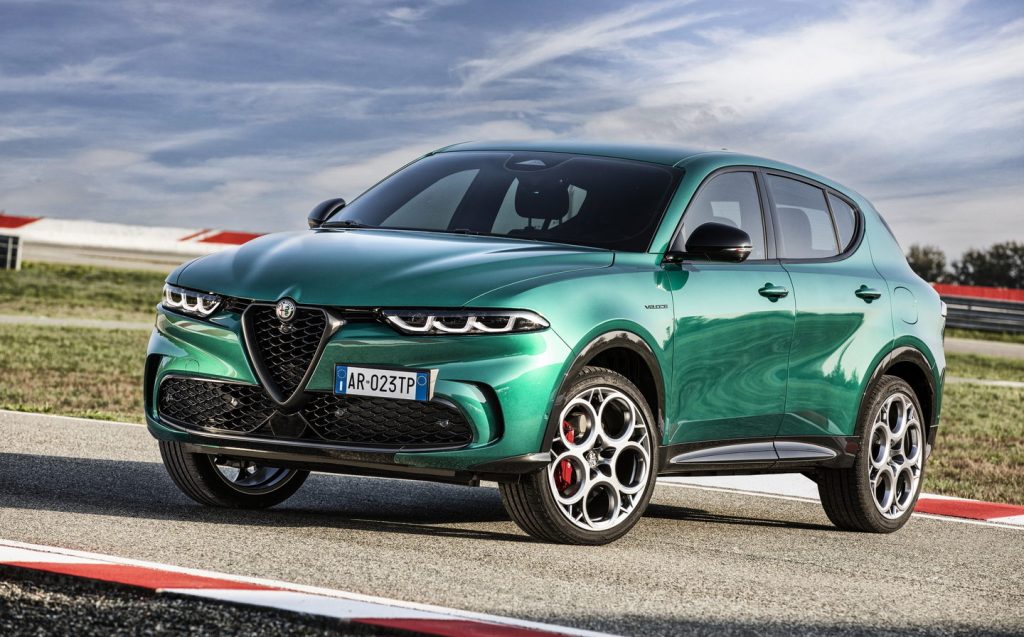
Exterior design and rivals
At a glance, there’s little visual difference between the Tonale Hybrid and this PHEV Q4 model, and that’s because even closer inspection reveals few modifications. In fact, were it not for the extra charging port on the rear flank, you’d never know which was which. Unless you spot the tiny snake logo on the rear window.
A plug-based twist on the Biscione serpent found on Alfa’s badge, it’s a recurring theme throughout the car, but there’s only one on the outside and it’s positioned close to the charging port to show drivers where to plug in.
Little snake aside, the Tonale PHEV Q4 looks much like the Hybrid, and that’s fine. This is unquestionably one of the best-looking family SUVs on the market, with its narrow headlights and trademark shield grille.
Opt for the Veloce model we tested and you get red brake callipers that give it a little extra sporting intent, too.
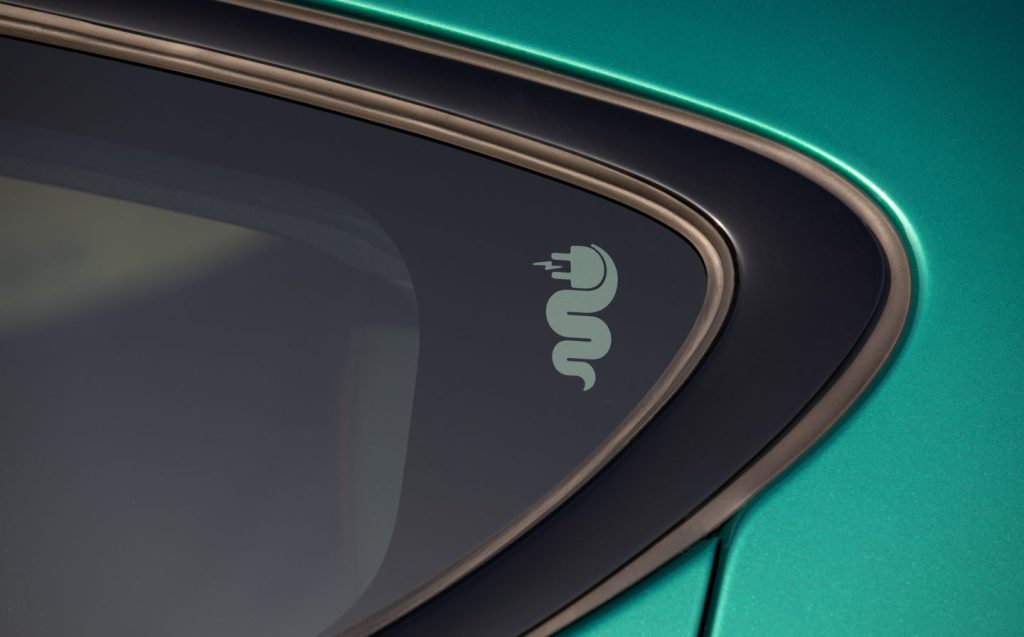
Like the Hybrid, though, the car’s design makes it look larger than it really is. It’s deceptively small, so while it looks like a rival to the BMW X3 and Volvo XC60 in size, it’s closer to the smaller X1 and XC40 models. Alongside those rivals it certainly looks the part, standing out with its distinctive and sporty image.
Interior and practicality
The cabin was a weak point for the Tonale Hybrid, and Alfa Romeo has made very few changes for the plug-in version. Yes, there are some tweaks to the digital instrument display, with clever lighting changes to tell you when the car’s running on electrical power, but overall, the look is much the same.
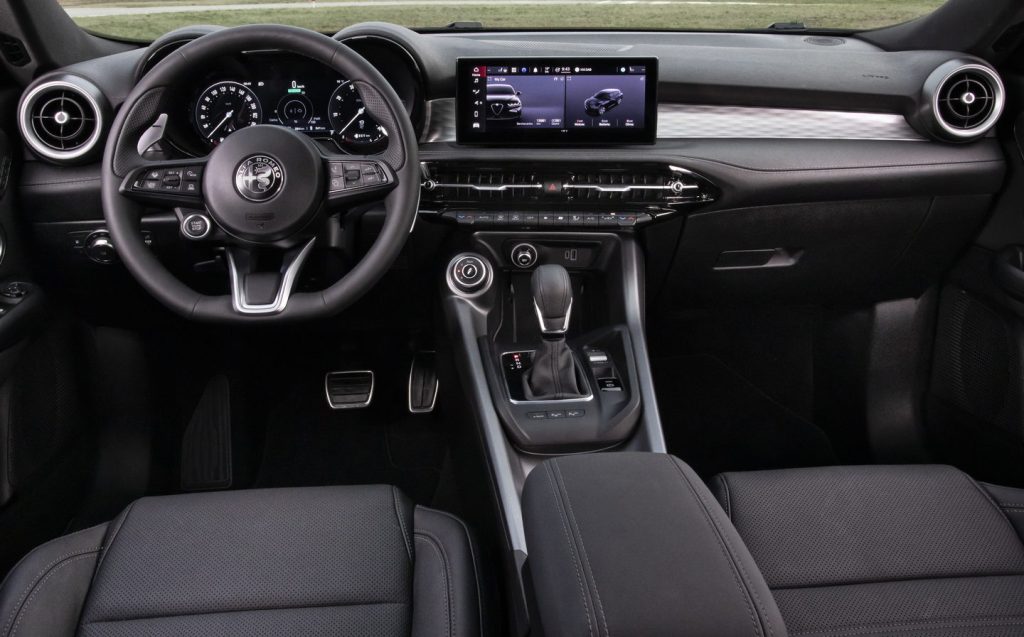
From a distance, it isn’t too bad. A big touchscreen and digital instrument cluster are fitted as standard, while the styling is modern and largely very clean, with only a few buttons on the dashboard.
There are quite a few switches on the steering wheel, but that is becoming commonplace as manufacturers attempt to provide an F1-style experience.
More problematic, however, is the state of the materials in the cabin, with quite a few hard, cheap plastics knocking around – especially lower down. As Alfa Romeo is positioning this as a premium product, it’s even less forgivable that those low-rent materials are also found around more common touchpoints, including the centre console and the air vents.
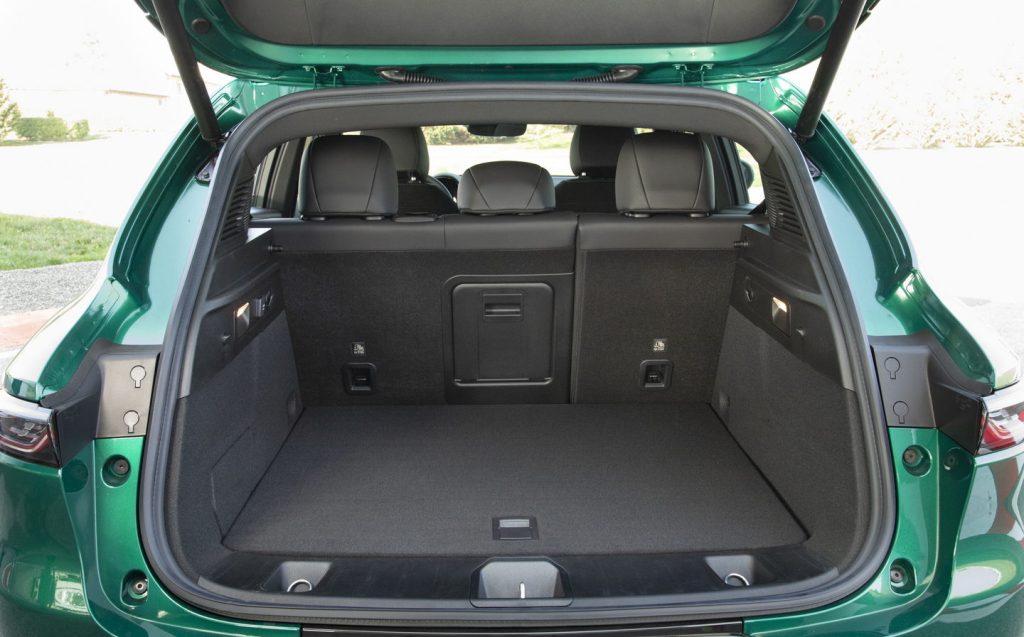
Yet while cabin quality leaves something to be desired, practicality is at least competitive. There’s enough room to fit four six-foot adults in relative comfort, although head- and legroom are not especially plentiful.
What’s worse is that the dark leather and roof lining of our test car made it feel a little more cramped than it really was, particularly with the dark tinted windows that reduce the amount of light coming in.
There is a practicality penalty for choosing the PHEV Q4 over the Tonale Hybrid, though, because the battery and motor setup means there’s less boot space in the plug-in version. Whereas the Tonale Hybrid has a competitive 500-litre boot, the PHEV cuts that space to 385 litres.
That’s still more space than you get in a VW Golf but to compare with a true rival, you will get more luggage into a hybrid Volvo XC40.
Technology and safety
While Alfa Romeo might have been busy changing the Tonale’s powertrain, it hasn’t done an awful lot to the in-car technology.
You still get much the same touchscreen infotainment system, which is a step ahead of what’s gone before but remains flawed. So, while the display is quite sharp and logically laid out, it still has a slightly old-school navigation system and it’s occasionally slow on the uptake.
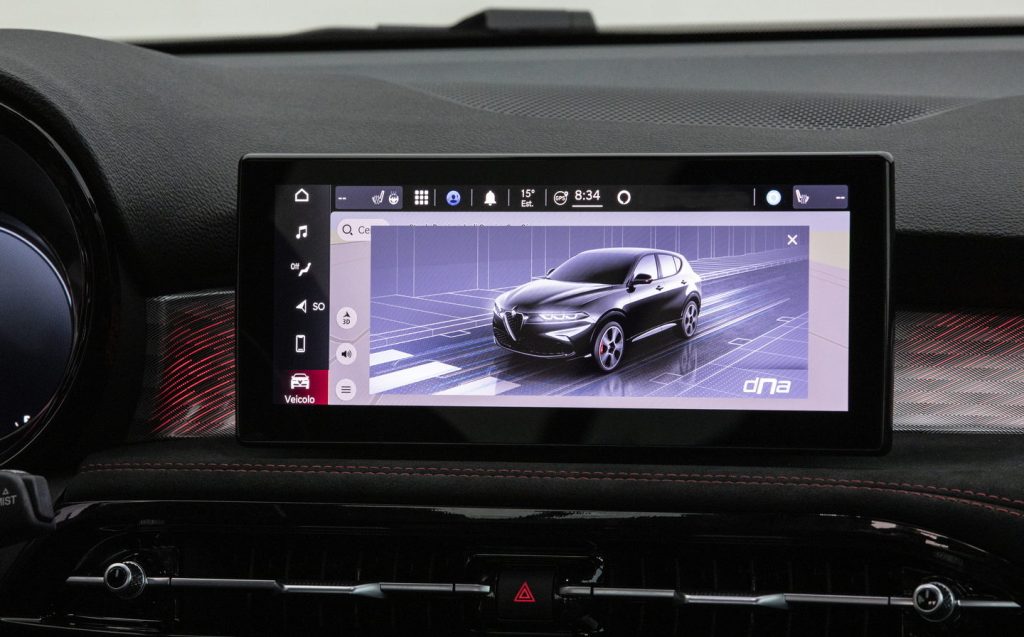
Nevertheless, it works well in combination with the digital instrument cluster, which has been revamped for the plug-in hybrid system. The snake/plug logo makes another appearance on the screen, while the display cycles through different colours to tell you whether the petrol engine is running or the battery is charging.
As with the touchscreen, it’s a sharp and modern display, but some settings make it feel a little bit fussy.
But to combat these issues, Alfa has fitted some helpful technology, including the now-common Apple CarPlay and Android Auto smartphone integration technology, as well as the Alexa digital assistant. That means drivers and passengers can use their voices to activate vehicle functions and controls.
Radically, however, Alfa has also equipped both the hybrid and plug-in hybrid Tonale models with a non-fungible token (NFT) digital certificate, backed up by blockchain technology to provide a service record. To put that in plain English, it’s a secure way of allowing you to see when the car has been serviced and what work has been carried out.
But the PHEV Q4 model also stores data on battery usage and charging, showing customers how much the car has used electrical power, rather than the petrol engine. According to Alfa Romeo, this is good news for residual values – an all-important component in calculating finance deals – as the company strives to match its German rivals on that front.
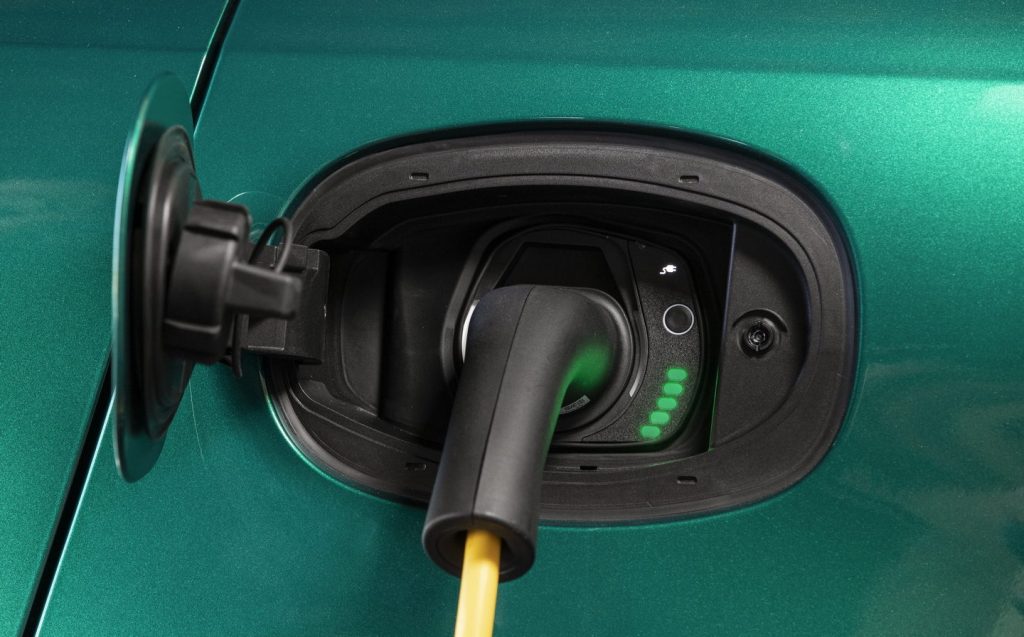
Performance, power output and acceleration
Our biggest criticism of the plugless Tonale Hybrid was with its powertrain. The 1.5-litre petrol engine and seven-speed automatic gearbox clashed with the electric motor, and while the engine itself was quite smooth, the gearbox didn’t do it or the car any favours at all. Clinging desperately to gears at all the wrong moments and changing sluggishly when it eventually decided to shift, it spoiled the car for us.
Happily, the PHEV Q4 system is far more convincing, combining the might of a 1.3-litre, four-cylinder petrol engine that drives the front wheels with an electric motor that drives those at the rear. That means the car has all-wheel drive when it’s needed but is rear-wheel drive when it’s running on electricity alone.
The Tonale PHEV can run on electric-only power for a little over 40 miles on the official economy test, thanks to the 15.5kWh rechargeable battery.
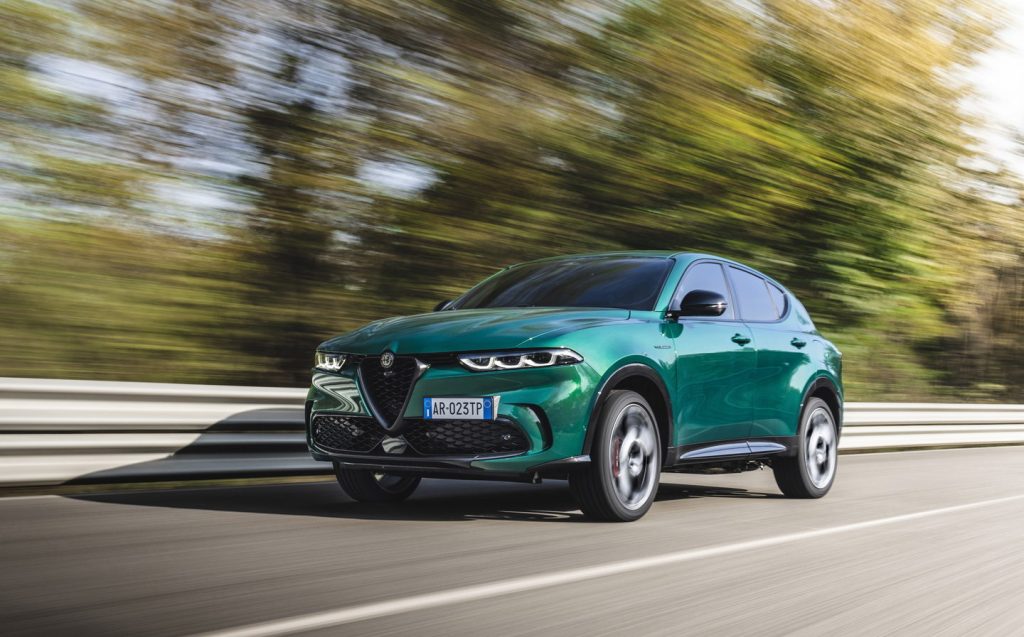
Our test drive suggested a range of 35 miles or more would be achievable without too much effort, and that means those who can charge regularly and mostly do short journeys will be able to drive the Tonale more or less like an electric car. For pootling around town and even on a short commute, there’s no real need to use the petrol engine at all, but it’s there when you need to travel further afield.
Should your lifestyle suit such characteristics, the Tonale could prove very efficient, but we’re still sceptical of the official economy figures, which suggest it’ll do more than 200mpg. Even a single long-distance trip using petrol-power for a sustained period hammers the long-term economy figures.
Still, the plug-in hybrid system has potential, particularly for daily urban and surburban errands, and it works well in practice, too. The electric motor occasionally makes a few odd noises but it’s emission-free, and when the petrol engine kicks in it is smooth and refined. In fact, it isn’t always easy to work out which is powering the wheels.
And the six-speed automatic gearbox goes about its business with minimum fuss, which is a welcome change after the trials and tribulations of using the Tonale Hybrid’s transmission.
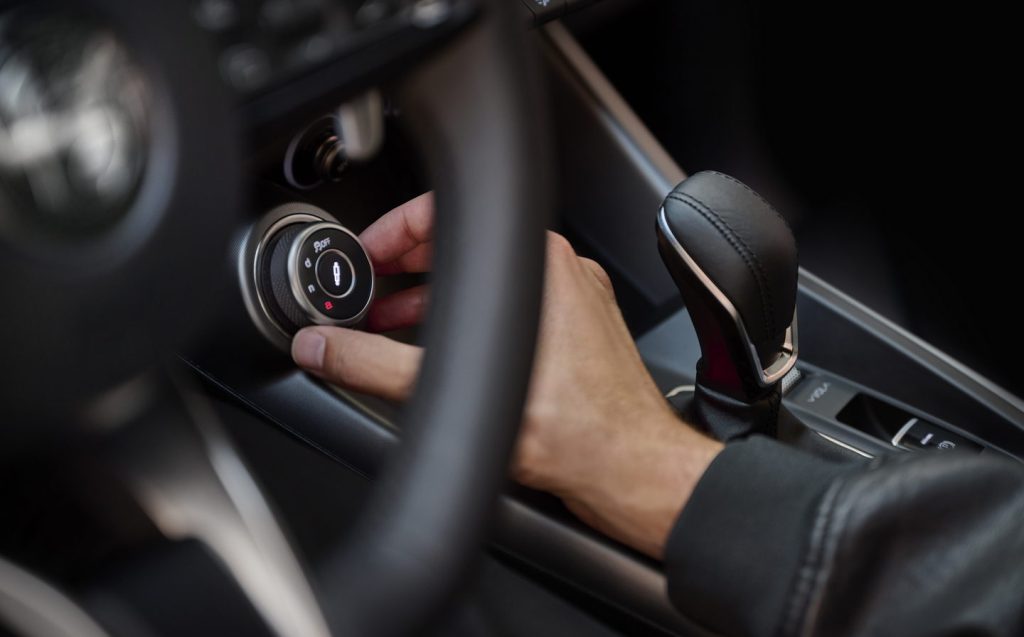
The PHEV’s power delivery is a little strange, though, because when you put your foot down the car likes to use the instant torque of the electric motor in the first instance, then blend it with the petrol power as the speed climbs. It’s quite smooth but the motor isn’t that powerful, so it feels a bit reluctant unless you put it in Dynamic mode using the drive mode selector down on the centre console.
Do that and the whole thing perks up, allowing it to achieve the 6.2-second 0-62mph time Alfa Romeo quotes. That’s pretty quick for a family SUV, and it’s certainly more performance than most customers will ever need.
The mode selector also allows you to control the hybrid system in more depth, with the Dynamic setting making full use of both motors, while Advance Efficiency mode prioritises electric power where possible. The middle ground is the default Natural mode.
There’s also a battery hold button, which allows drivers to use the petrol engine to charge or maintain the battery level while driving. That means you can use the electric motor around town, maintain a given battery level while on the motorway, then revert back to electrical power when you reach the next town.
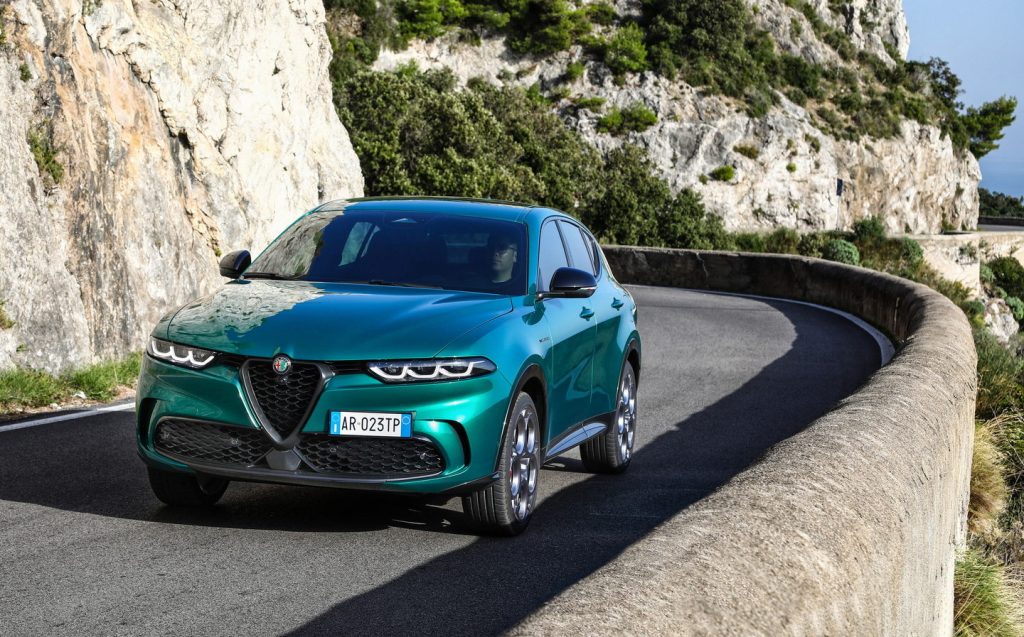
Ride and handling
Alfa Romeo is immensely proud of the way the Tonale – both in Hybrid and PHEV Q4 forms – handles, and rightly so. Both cars are exceptionally agile, with really sharp response from the steering and a sense that they’re incredibly light on their feet, which makes them both very good fun on a back road.
The steering feels a little bit too light to inspire much confidence, and it feels a bit vague from time to time, but there’s no arguing with the results. Few cars feel this nimble both on country lanes and around town – especially in this class.
Unfortunately, while the handling is incredibly good, the ride is not quite so impressive. As with the Hybrid, we found a noticeable vibration through the seat, which even the extra weight of the PHEV Q4’s battery pack has not remedied. It isn’t catastrophic – far from it – but the Tonale seems to find tiny lumps and bumps on even the smoothest road, then transmit them into the back pockets of your jeans.
Having spent some time with the Tonale on Alfa Romeo’s Balocco test track, as well as on the road, it’s immediately apparent where the car was developed. On the silky surface of the circuit, the ride irons itself out and you can really make use of that handling prowess. It’s enormously good fun, but we suspect few customers will use the Tonale’s track attributes.
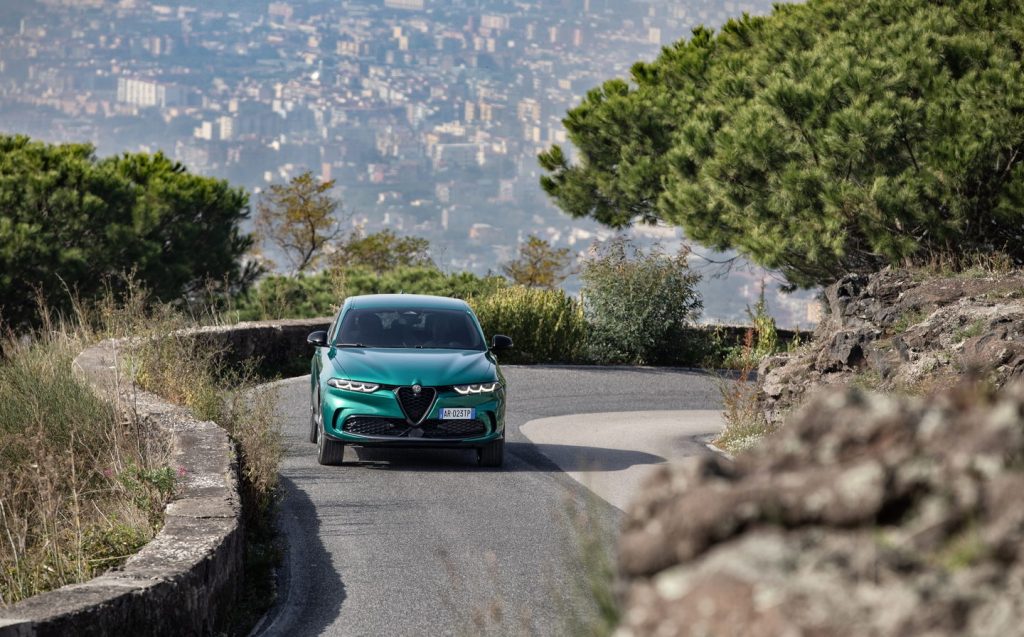
They might, however, use some of the off-road capability. Thanks to the all-wheel-drive traction provided by that electric motor, the Tonale has a modicum of all-terrain capability that’s missing from the less powerful Hybrid version.
Fit some all-weather tyres and it should cope admirably in the snow and ice of winter, although summer tyres provide plenty of traction even on wet and greasy road surfaces.
Pricing and on-sale date
Alfa Romeo hasn’t yet confirmed how much the Tonale PHEV Q4 will cost but it’s expected to be significantly more expensive than the standard Hybrid. With that car already coming in at just under £40,000, the plug-in Tonale is expected to push the £50,000 mark in the high-end Veloce guise we tested.
That said, there will be plenty of standard equipment for the money, with even basic Ti models getting 18in alloys, gloss black exterior trim and the 10.25in touchscreen with navigation, as well as the Android Auto and Apple CarPlay smartphone integration tech.
Veloce models add privacy glass and two-setting suspension, among other things.
However, Alfa Romeo will also offer a Special Edition launch version, which gets a special badge and 20in alloy wheels, as well as metallic pedals and red Brembo brake callipers.
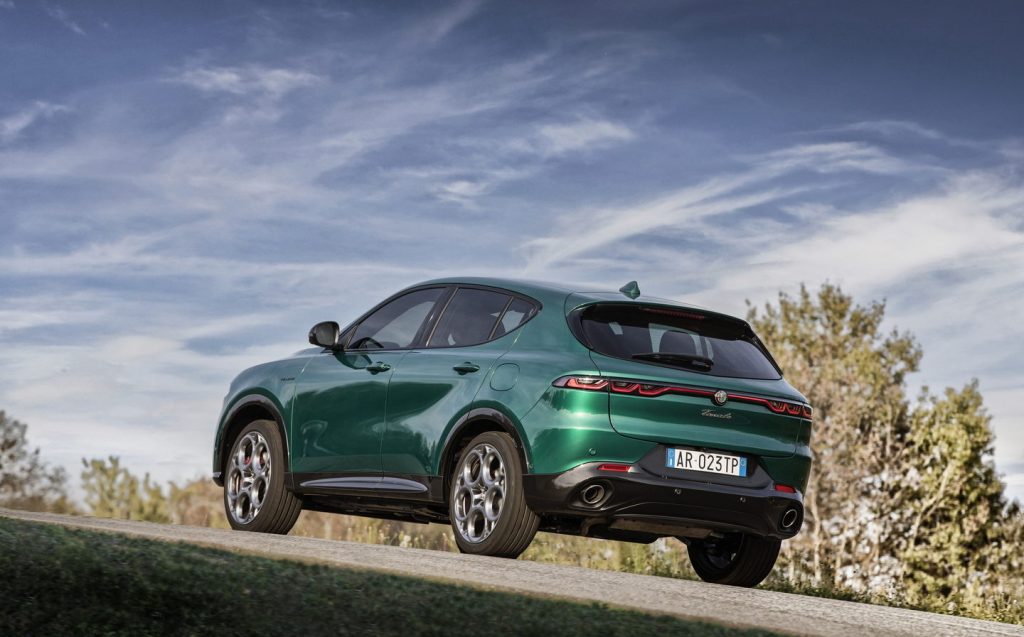
Verdict: Alfa Romeo Tonale PHEV Q4 review
The Tonale PHEV is a far more promising compact SUV than the standard Hybrid model, although it still retains some of the same issues. The technology and cabin quality remain weak points, while the ride comfort still isn’t quite right and the price is expected to be steep.
But the powertrain problems have been solved and, as a result, the Tonale’s flaws are a little easier to forgive, particularly with the addition of some off-road capability and extra performance.
The Tonale Hybrid was hard to recommend but the plug-in version is a competitive family car held back predominantly by its (estimated) price tag, rather than its flaws.
Related articles
- After reading our review of the Alfa Romeo Tonale PHEV, you might be interested to read a review of the Maserati Grecale SUV
- Read what Jeremy Clarkson thought of the Porsche Macan
- You might also like to read all about the Maserati MC20 supercar
Latest articles
- Dacia Duster 2024 review: Rugged, affordable SUV modernised with electrification and quite the glow up
- Audi A3 Sportback 2024 review: Softly, softly, catchy premium hatchback buyer
- New electric-only Mini Aceman fills gap between Mini Cooper hatch and Countryman SUV
- Tesla driver arrested on homicide charges after killing motorcyclist while using Autopilot
- Porsche Macan 2024 review: Sporty compact SUV goes electric, but is it still the class leader for handling?
- F1 2024 calendar and race reports: What time the next grand prix starts and what happened in the previous rounds
- Aston Martin DBX SUV gets the interior — and touchscreen — it always deserved
- Nissan unveils bold look for updated Qashqai, still made in UK
- British firm Bedeo launches new EV conversion kit for classic Defender













